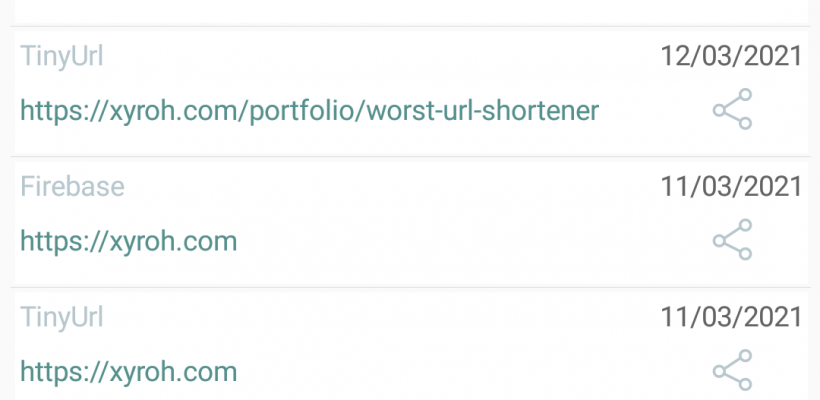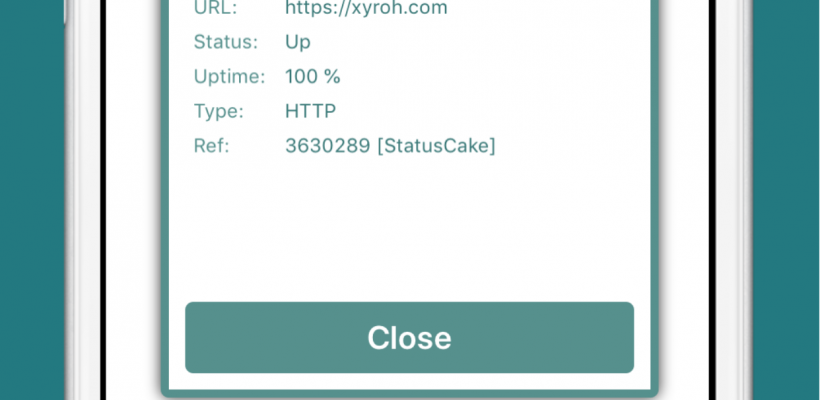Android Apps on Windows?
From:
Microsoft is bringing Android apps to Windows 11 with Amazon’s Appstore – The Verge:
Microsoft says it’s using Amazon’s Appstore to bring Android apps to Windows 11. Apps will be listed in the new Windows store, and can be pinned to the taskbar or snapped alongside traditional Windows apps. Microsoft is also partnering with Intel to use its Intel Bridge technology to make this a reality, although the Android apps will still work with both AMD and Arm-based systems.
So, Android Apps on Windows?, not via the Google Play store though – would have been interested on being a fly on the wall assuming those conversations happened! We’re short of details, but this is an exciting play. Microsoft already has a development route to market for Android using it’s own plaforms (Xamarin allows code (almost) once development in C# using Visual Studio to develop cross platform mobile apps) so it makes sense to tie themselves further into Android having abandoned their own Windows Mobile platform.
Using the Amazon Store however is not an assumed simple move for existing Android apps, certainly there’s some hoops to jump through to migrate to Amazon and losing Google Play Services could mean platform changes of functionality losses.
I’m off now to research the Intel Bridge technology that they are using, news is a little thin but this quote from Engadget offers some suggestions;
Intel says Bridge is a runtime post-compiler that allows applications that were originally designed for a variety of different hardware platforms to run natively on x86 devices. The company points out the technology is part of its ongoing XPU strategy, which means it won’t be merely limited to bringing Android apps to Windows 11.
Probably not quite enough to get me to jump to Windows 11, not now that I’m all in on Apple Silicon! But If you’d like to know more about cross platform apps, mobile or otherwise, and how they could benefit your business then I’d love to hear from you.
About me
Andy Flisher is a Mobile App Developer based in the North East of England with over 20 years software development experience. He is available for hire and specialises in cross platform mobile app development, web applications, desktop software, bespoke cloud architecture solutions and providing outsourced project management services.
Version 1.2 of our ‘Worst’ URL Shortener released
Version 1.2 of our ‘Worst’ URL Shortener is now available, the highlight is the ability to store a full history of links you have shortened and re-share them at any time.
Available on iOS and Android but beta programs are available for iOS, Mac and Windows
[1.2.0 – March 2021]
Added
- Improved Release Notes page
- Added History Page
- Toast Style notification when copying to clipboard
Changed
- Improved main page, and iOS share sheet device size handling
- Improved Support Page layout
- Moved Config to static class
Fixed
- Fixed Message build error on Android
- Fixed theme so consistent in darkmode
- Bug fixes
The ‘Worst’ URL Shortener is a quick, fast link shortening app allowing you to choose from a variety of url shortening services, and convert that long, cumbersome URL into something short and far easier to communicate
Edited 17/03/21 to reflect iOS version now available
Version 1.8 of our ‘Worst’ Server Monitor released
Version 1.8 of our ‘Worst’ Server Monitor is now available, this is mostly a maintenance update, shifts a few bugs, some UI improvements and allows you to submit your ideas direct from the app. The full release notes are below;
[1.8 – 24/02/2021]
Added
- Added Feature Request / Support Ticket
Changed
- Upgraded XyrohLib and added Breadcrumbs for better support assistance
- Changed FAQ Link
- Changed Android Target API to 29
Fixed
- Fixed some minor UI / Layout issues
- Fixed dark mode issue for iOS
- Couple of bug fixes
- Fixed Android auncher icon issue
- Fixed Soft Keyboard input / view issue on smaller screen
The ‘Worst’ Server Monitor is a client for a variety of Website Monitoring and Server Uptime services, currently available for iOS and Android, it’s purpose is simple, a quick and fast way of accessing your monitored sites and servers and seeing their status.
Google is killing off Android Things
From:
Google is killing off Android Things, its OS for IoT devices:
It wouldn’t be a “normal” year without Google killing off a service or platform
If anyone ever asks you why developers favour iOS over Android this is it, why should I invest my time and resources on a platform that has a habit of canning things a year or two in 🙁
How to Enable shake detection in Xamarin Forms
This needs to be added to every page (in the .cs code behind) for every page you want to enable shake detection in Xamarin Forms, if you are using a MasterDetaail navigation hierarchy then you can get away with adding this the MainPage.xaml.cs to cover all the navigated to pages too.
Amend to suit but the example below would navigate to a fictional ‘Support’ Page when the device is shaken, requires the Xamarin Essentials package;
Andy Flisher, the founder of Xyroh, is a mobile app developer, specialising in cross platform mobile apps, iphone apps, android apps, as well as web applications and desktop software for business clients across the North East – feel free to contact him to engage his services
Version 1.7 of our ‘Worst’ Server Monitor released
Version 1.7 of our ‘Worst’ Server Monitor is now available, includes support for multiple Status Cake accounts – hit the link to our community boards for release notes and App Store Links, you can also shape the future by suggesting your own ideas and commenting on others – https://clients.xyroh.com…
The ‘Worst’ Server Monitor is a client for a variety of Website Monitoring and Server Uptime services, currently available for iOS and Android, it’s purpose is simple, a quick and fast way of accessing your monitored sites and servers and seeing their status.
Chrome OS has stalled out – is there a tablet shaped future for Android?
But Android apps, so far as I can tell, are basically the plan for Chrome. Certainly, Linux environment support is great for enthusiasts and developers, but there are very few commonly-used commercial applications available on Linux, with no sign that will change in the near future.
A comment not so much about Chrome OS, but it’s lack of good tablet optimised applications mirrors that of Android as a whole. The Arcus project I lead for Askaris runs primarily on Android powered tablets, but outside of the Atex rated specialised devices sourcing consistent hardware is a struggle, less and less good Android tablets available, and Chrome OS has probably hindered that, not helped it.
A chicken and an egg, no devices, so no users, so no demand, so no apps. Apple at least has the cash and incentive to have jumped into that cycle and invested / motivated. Outside of Samsung and Google (who keep making poor decisions!) who can do that for Android / Chrome OS?





